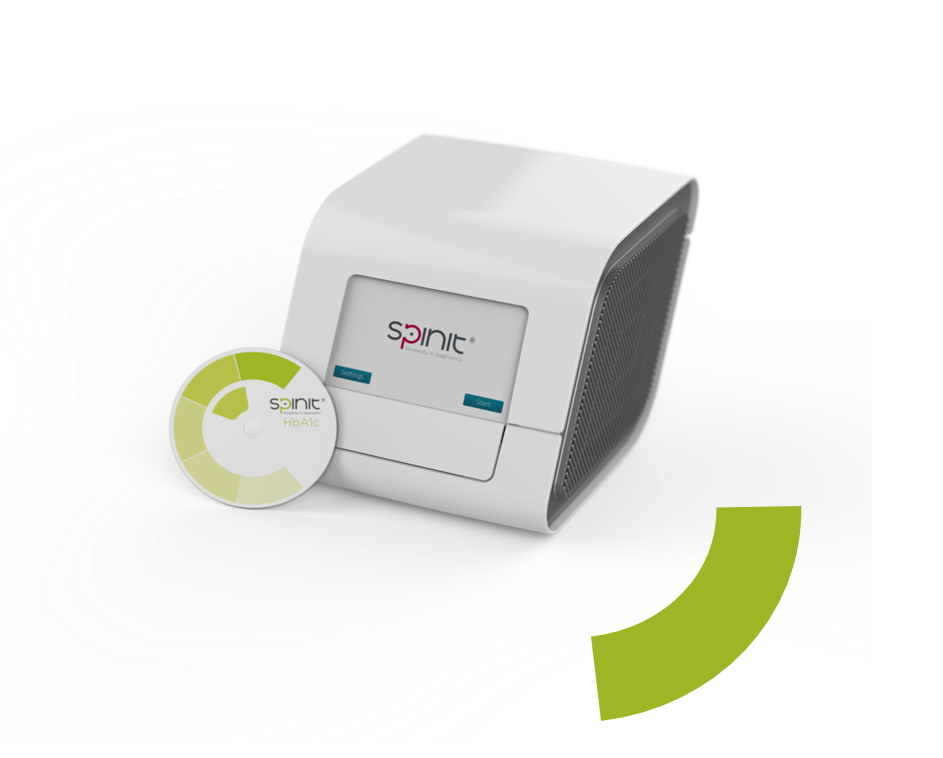The concentration of glycated haemoglobin (HbA1c) is a substitute measure for the average blood glucose level over the previous 120 days (usual lifespan of an erythrocyte) as well as a strong marker of complications associated with diabetes. Thus, it is used as a clinical tool for the monitoring of glycaemic control in diabetes patients.
Diabetes Mellitus (DM) is a chronic, metabolic disease characterised by high levels of blood glucose, which over time may lead to serious complications like cardiovascular disease, renal failure or retinopathy. There are two types of DM: type 1 and type 2.
Type 2 diabetes is the most common type, which occurs when the body becomes resistant to insulin or does not produce enough insulin. Over the last decades, the prevalence of type 2 diabetes has risen dramatically in all countries around the world.




